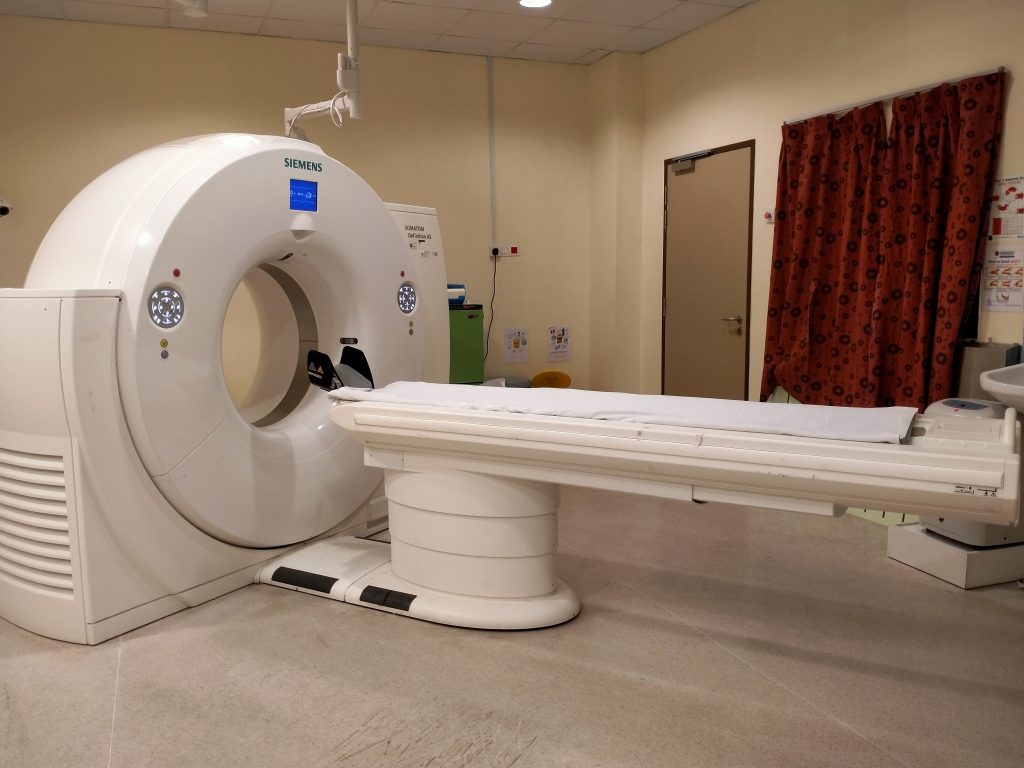CT Competency – Basic

Course Content
CT Physics & Principles
-
Introduction to CT Imaging
-
CT Numbers and the Hounsfield Scale
-
CT System Components
-
Image Formation: Voxels and Pixels
-
Image Reconstruction
-
Image Noise and Quality Factors
-
Bow-Tie Filter and Beam Shaping
-
Data Acquisition and Volumetric Imaging
-
Key Summary
-
Clinical Importance
-
Quiz 1 – Level Basic
Scanning Parameters & Optimization
Patient Preparation & Positioning
CT Radiation Dose & Safety
Image Reconstruction & Post-Processing
CT Protocols & Clinical Applications
Quality Control & Troubleshooting
Student Ratings & Reviews

No Review Yet
